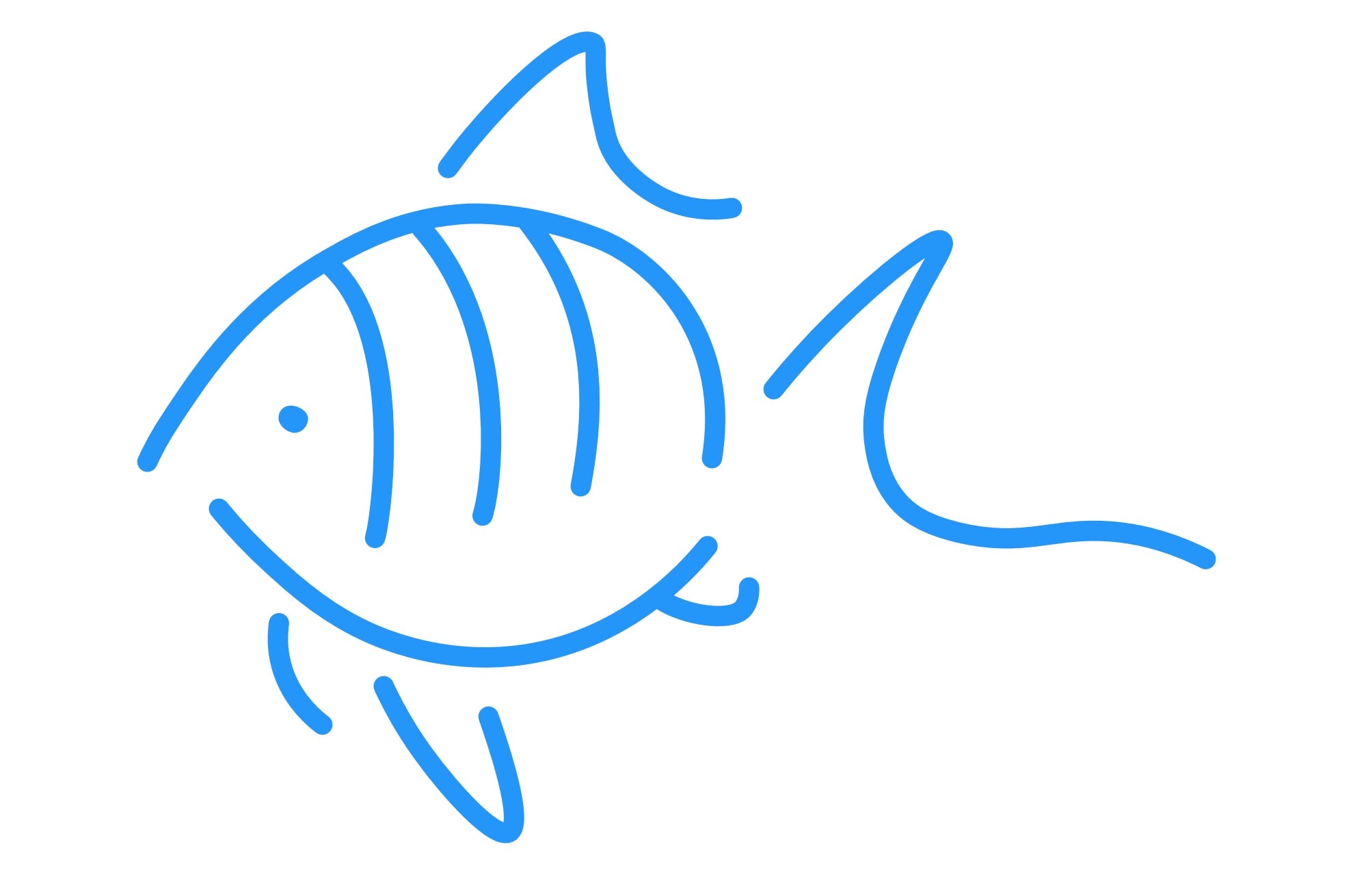Siniriutta Reef Shop
Huumekala (Synchiropus picturatus)
Huumekala (Synchiropus picturatus)
Couldn't load pickup availability
Delivery and return
Delivery and return
Delivery from our own warehouse within a week. You can also pick up the product from our store! If the product is not in stock immediately, we will order it from our supplier, in which case the delivery time is 1-2 weeks.
Share this product
Syö pakastetta.
The secretive Spotted Mandarin should only ever be added to a well established reef tank, where there will be plenty of live rock and live substrate that supports its natural diet of tiny crustaceans, worms, and small sessile invertebrate life. If added to a newly set up tank, it will starve to death. There should be plenty of hiding places amongst the rockwork, with enough depth of substrate for the fish to bury if it feels threatened. Never add this bottom dwelling fish to a tank housing anemones, as it could easily end up being consumed. Because of the difficulties in feeding the Spotted Mandarin, it should not be kept with fish that require a similar food source to survive, as otherwise one species may out-compete the other. There should be relatively calm areas in the tank that allow the Spotted Mandarin to locate food successfully. Tankmates should be peaceful and of an easygoing nature so that the Spotted Mandarin does not feel harassed and subsequently stops venturing out to feed. It is best to keep a single specimen only, or a known male-female pair. Groups should only be considered for exceptionally large aquaria, as in the average sized aquarium, males will fight vigorously. Not to be kept alongside the similar species S. splendidus. When choosing your Spotted Mandarin, check that its body is not emaciated, and that it is actively searching for food. This fish is not recommended for beginners.
Very challenging to feed. This species will spend many hours searching out tiny invertebrates living in amongst the live rock and substrate. It must be provided with natural prey. A constant supply of tiny live foods for this purpose can be cultured in a fishless refugium. Will often take vitamin-enriched brineshrimp, but this alone will not provide enough sustenance. Will eat brown flatworms which can sometimes become a pest in reef aquaria.




